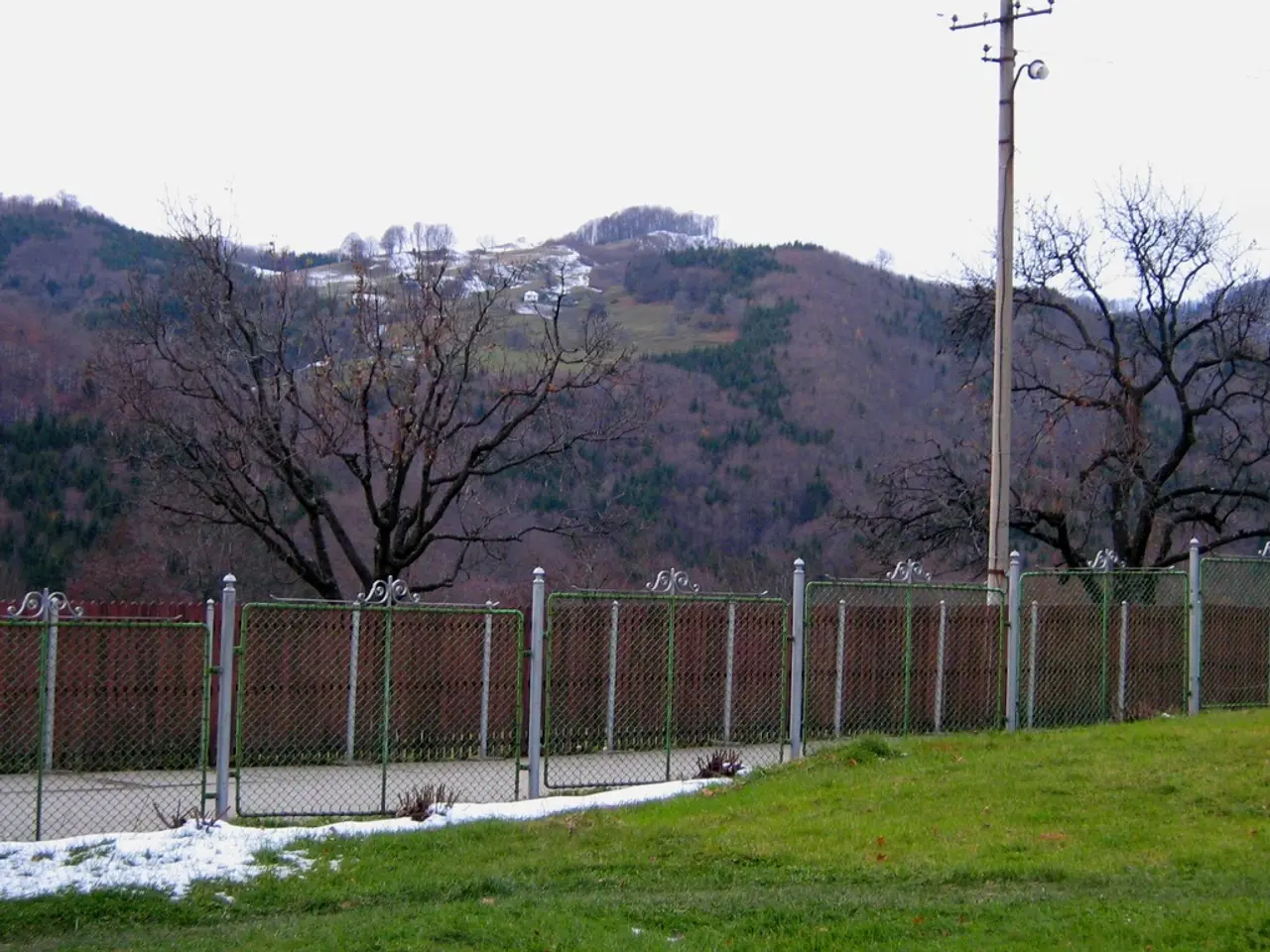Effortless River Rock Landscaping Suggestions
In the realm of landscaping, river rocks have become a popular choice for homeowners and garden enthusiasts alike. These smooth, rounded stones, either naturally formed or artificially manufactured, offer a unique blend of aesthetic appeal, durability, and functionality.
River rocks come in various sizes and textures, each with its own distinct characteristics. Pea gravel, small stones about the size of peas, are ideal for play areas, pathways, or decorative mulch. Their smooth edges and earthy tones make them good for drainage and soft underfoot.
Mexican Beach Pebbles, dark-colored stones, add a sleek look to any landscape. These smooth, dark-colored stones are often used where a polished, refined appearance is desired.
Large Cobbles, bigger than pebbles, are suitable for edging, borders, or as focal accents in rock gardens. Their size gives structural definition to landscapes.
Smooth River Rocks, naturally worn smooth by water flow, are durable, cost-effective, and provide a natural, soft texture suitable for dry river beds, mulching, or water features.
Besides these, there are other landscaping rock types related to river rocks or used alongside them. Black Basalt, dark charcoal and very durable, is often used for paths, edging, or rock gardens that need long-lasting features. Black Lava Rock, lightweight and porous, is suitable for xeriscaping or mulch replacement, providing texture contrast and good heat resistance.
Crushed Granite, small, earth-toned stones, are preferred for paths and borders. They have good longevity if drainage is maintained and are less expensive than some decorative options.
When using river rocks, it's recommended to put a weed barrier under them to help prevent them from sinking into the soil and reduce weeds coming through cracks in the rocks. It's also important to note that potential disadvantages include the rocks getting hot, the possibility of cracks allowing weeds to grow, sinking into the ground over time, and providing no nutrients as ground cover.
River rock landscaping is suitable for very dry climates and properties with many flower beds. They can be used to create a walkway or path, design a mosaic, replace mulch, or line the front of a home. In fact, river rock can be incorporated into driveway cement to create a unique, cobblestone-like appearance.
In summary, river rocks offer a balance of aesthetic appeal, durability, and functionality, making them popular for various landscaping applications from decorative gardens and pathways to practical drainage features and mulch replacements.
Perennials thrive when planted in a well-draining soil, making river rocks an ideal option for mulch, as they allow water to flow properly through the garden. The colorful blooms of flowers can brighten any outdoor-living space, while sustainably-sourced river rocks create a natural, effortless decor.
For those with a green thumb, a houseplant collection can be an essential part of a lifestyle. Bringing nature indoors through home-and-garden stores provides various green friends to decorate your living space and purify the air.
Gardening is more than just a hobby; it's a mindful practice that encourages connection with the environment. With river rock landscaping, one can create a haven of greenery and flowers, contributing to sustainable-living by reducing water consumption and promoting biodiversity.
From the tranquil sight of a dry river bed adorned with smooth river rocks to the artful arrangement of pea gravel for water features, the right river rocks can elevate outdoor-living spaces, enhancing one's lifestyle and appreciation of nature.
Natural landscaping materials like river rocks can help to integrate our living spaces seamlessly with the outdoors. The conscious choice of using river rocks in landscaping, gardening, and decor contributes to a harmonious balance between home and garden, providing an oasis of peace and serenity for the mind and soul.




